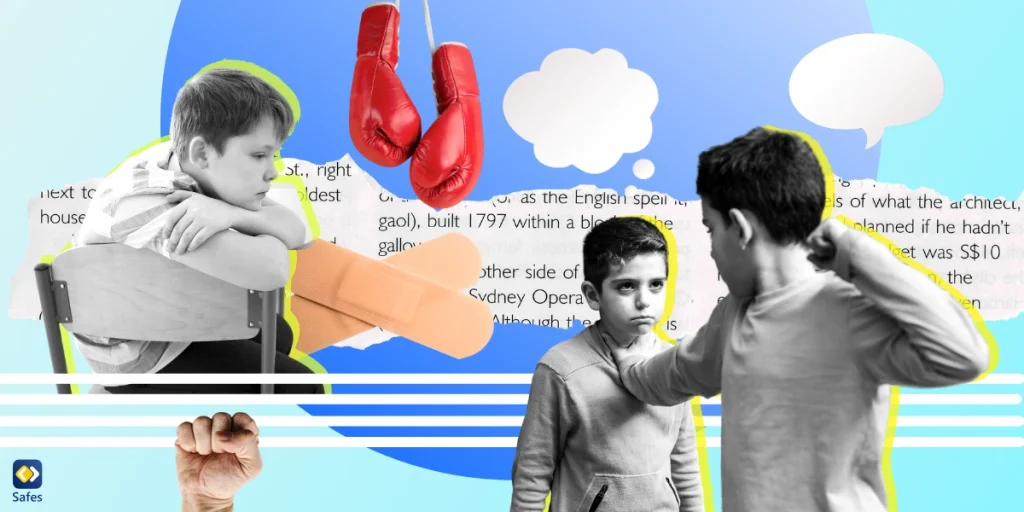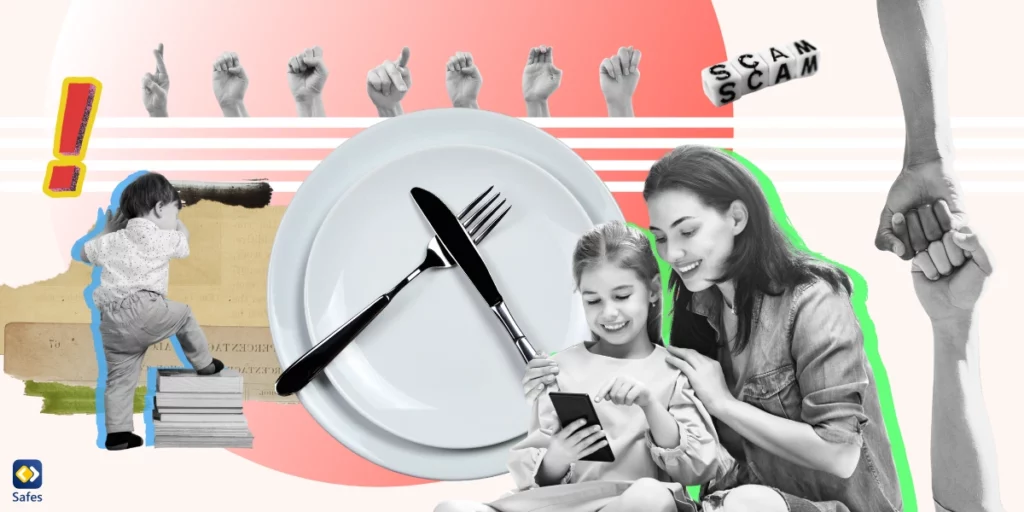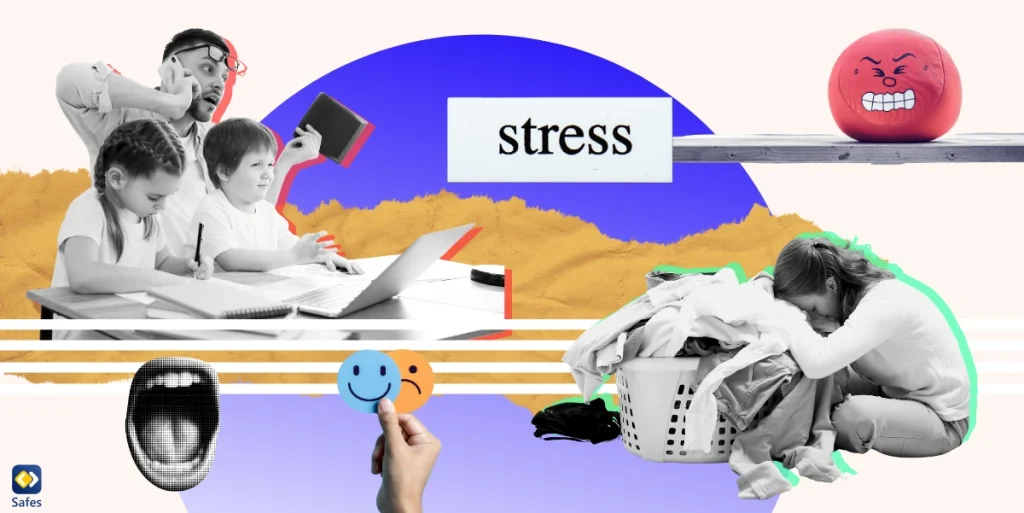In today’s world, ensuring a safe and nurturing educational environment for children is paramount. Yet, with alarming school violence statistics, school violence remains an overwhelming concern, casting shadows over millions of young minds. From commonplace acts like bullying to deeply disturbing aggression, schools worldwide witness a spectrum of violence that jeopardizes not only the immediate well-being of students but also their long-term psychological and emotional health. This article delves into the complexities of school violence, the demographic influences, long-term impacts, challenges of reporting, and the vital strategies for promoting safer learning environments.
Understanding School Violence
School violence, extending from bullying to more severe forms of aggression, is an alarming global concern. The World Health Organization states that 1 in 3 students worldwide has been bullied in the past month, presenting a concerning insight into school violence statistics worldwide. Human Rights Watch highlights many governments’ ineffectiveness in addressing corporal punishment, school-related sexual violence, bullying, and online harassment. Additionally, according to UN agencies, half of all adolescent students worldwide suffer peer violence in schools each year, and over 246 million children worldwide endure gender-based violence in educational settings.
Closer to home, the National Center for Education Statistics (NCES) reported that during the 2019-2020 school year, 8.77% of public schools documented one or more school violence incidents, leading to an astonishing 1.4 million incidents, reflecting the broader school crime statistics. This results in a rate of 29 incidents per 1,000 students enrolled for that academic year. The disturbing school shooting statistics from the K–12 School Shooting Database highlight that from the 2000–01 to 2020–21 school years, public and private elementary and secondary schools experienced between 11 to 93 annual shootings. These figures not only talk about injuries but also underline the alarming deaths in schools statistics. Specifically, in the 2020–21 school year, there were 93 school shootings, with 43 resulting in fatalities.
The Centers for Disease Control and Prevention (CDC) defines school violence as acts of violence on school premises, during commutes, or at school events, ranging from cyberbullying to gang violence. School violence can also be divided into physical, involving direct aggression and criminal acts, and psychological, including emotional and verbal maltreatment.

Demographic Influences and Risks
While understanding global and national statistics is crucial, it’s also vital to recognize the specific demographic factors at play. Demographic elements significantly influence the vulnerabilities associated with school violence. Though all students can potentially be affected, certain groups face increased risks due to their backgrounds and experiences.
Verywell Mind lists a number of risk factors for school violence, including subpar academic performance, a history of violence, certain mental health issues, and substance abuse. Moreover, due to misconceptions about their diagnoses, students with learning disabilities can be more susceptible to bullying. A dysfunctional family dynamic is also a significant contributor, with past abuse and substance misuse playing a significant role in increasing violent tendencies.
From a gender angle, girls and gender non-conforming individuals face more school violence. The US Government Accountability Office (GAO) finds that urban, impoverished, and high-minority schools experience more violence due to disputes. In contrast, suburban and affluent schools witness more suicides and targeted shootings. Awareness of these factors can guide parents and educators in ensuring school safety.
Long-Term Impacts of School Violence
It’s important to think about the long-term effects on the affected pupils in addition to the immediate threats. School violence, while immediately perilous, also has profound psychological and emotional aftershocks. The trauma manifests in many ways: heightened fear and anxiety disrupt concentration, potentially leading to depression or even PTSD. These emotional burdens often translate to academic challenges, with affected students struggling to focus, resulting in declining grades and reduced class participation.
Moreover, fear of recurrence might lead them to skip school, isolate from peers, and even develop physical health issues or turn to substance abuse. Not only academics but also their overall well-being, including trust in relationships, gets affected. Thus, parents, educators, and communities need to prioritize prevention and robust support systems for traumatized individuals. Recognizing these far-reaching impacts is vital for fostering healing and growth. Let’s not forget that parents have access to a variety of means, such as technology, to address the needs of troubled teens.

The Challenge of Reporting
The issue of reporting is one of the frequently disregarded issues of school violence. According to the National Center for Education Statistics (NCES), fewer violent occurrences in public schools are being reported to law enforcement now than they were ten years ago. This decline showcases the challenge of underreporting, often driven by students’ fear of retaliation, societal stigmas of being perceived as a ‘snitch,’ misconceptions regarding the severity of certain acts, and mistrust in the system’s responsiveness. For parents, fostering open communication about school experiences is paramount. By endorsing safe and anonymous reporting, taking proactive measures when incidents arise, and collaborating with schools to create a culture that values and acts upon reports, parents can play a pivotal role in ensuring a safer academic environment for all.
Holistic Strategies and Open Communication
School violence is a multifaceted issue, influenced by family, peers, school climate, community, and broader cultural dynamics. To genuinely tackle this, solutions must be diverse and comprehensive. A coordinated strategy created by a varied collection of individuals, including students, teachers, parents, healthcare providers, law enforcement, and local leaders, is frequently more successful than isolated attempts.
Given the rising rates of school violence in today’s society, it is crucial for parents to keep the lines of communication open with their kids. Start by asking about their day in a relaxed setting and listening for concerns about safety or peers. This approach, combined with engagement with school staff and understanding school policies, is foundational for prevention. Emphasizing responsible digital behavior, championing Social and Emotional Learning (SEL), and ensuring they’re familiar with emergency protocols further enhance safety and well-being.
Promoting Safe Learning Environments
Noticing the early signs of distress or violent tendencies in children is vital for guardians to ensure a safe learning environment. These signs might be evident in a child’s behavior, online activities, or even verbal cues. By maintaining open communication and being attuned to these signs, parents and guardians can help intervene and potentially prevent negative outcomes. Moreover, parents can assure their children about the safety measures schools implement and stress the importance of reporting suspicious activities. By fostering a supportive environment, parents equip their children to handle challenging situations confidently.
An integral part of a safe educational environment is active parental involvement. When parents engage in their children’s education, academic achievements rise, and school violence incidents decrease. Such participation develops a feeling of community, strengthens shared values, and builds trust. Additionally, parents can advocate for strong anti-bullying initiatives, improved mental health resources, and physical safety measures in schools by working with school administrators and lawmakers. Active advocacy ensures a continuous effort towards safer schools, benefiting the entire community.
For addressing school violence, having the right resources is invaluable. Parents should familiarize themselves with their child’s school’s policies related to safety, bullying, and conflict resolution. Numerous external organizations offer tools to educate and empower both students and parents. For instance, websites like StopBullying.gov provide essential information about recognizing and preventing bullying. Building a robust support system, including other parents, teachers, and professionals, ensures holistic and effective responses to arising challenges.

Parental Control Measures: Harnessing Technology for Safer Learning
Parental control tools can serve as a crucial asset in curbing the risks of school violence and its repercussions on mental health. By monitoring online interactions, parents can catch early signs of bullying, exposure to violence, or association with radical groups that might incite aggressive behavior in schools. Moreover, they can also detect attacks of cyber bullies and take proactive steps to protect their children. Setting screen time limits and filtering harmful content indirectly supports mental well-being by ensuring restful sleep and reducing exposure to potentially distressing content.
However, it is imperative for parents to strike a balance between surveillance and trust. Deploying these tools should be complemented by transparent conversations with children about their online experiences. This two-pronged approach ensures kids comprehend the shared mission of creating a safe digital realm.
You can use a third-party program in place of the parental controls that come standard with your child’s device, such as Windows parental controls or iPhone parental controls. In comparison to the built-in parental controls, software like Safes offers the same functionality and more. Safes is accessible on a variety of platforms, including iOS and Android. Feel free to sign up for Safes’ 14-day free trial today without the need for a credit card and experience all its enhanced features.

Conclusion
Everyone should ensure the security and welfare of students across all nations, cultures, and social groups. As the global community continues to grapple with the pervasive issue of school violence, and considers how much has school violence increased, it is evident that a unified, holistic approach is imperative. Ensuring open communication, active parental involvement, and robust support systems are cornerstones for nurturing resilient students and fostering safe academic environments. While the road ahead may seem challenging, collaborative efforts between parents, educators, policymakers, and communities can illuminate the path toward a brighter and safer future for every student.




